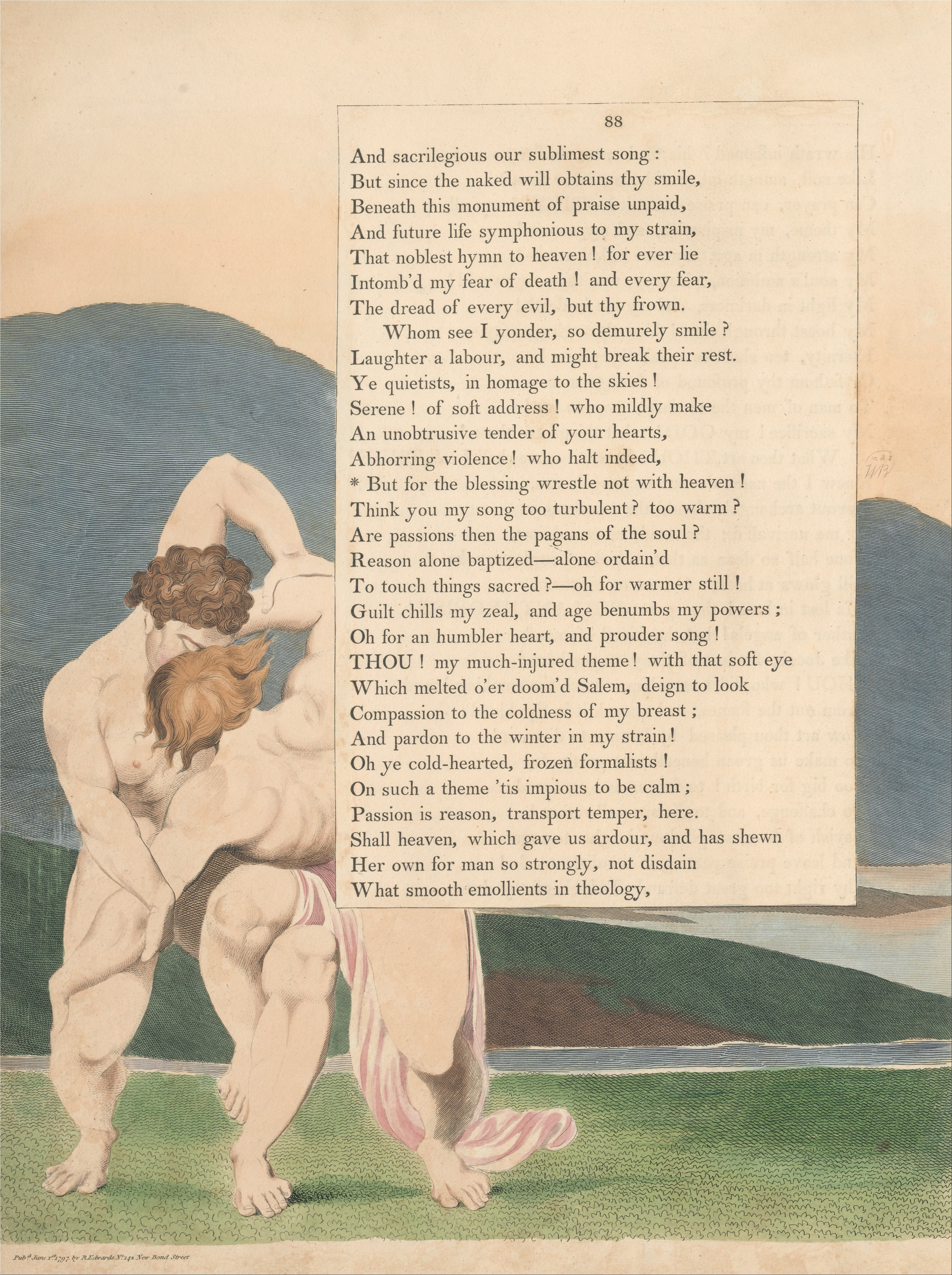 |
| Enhanced Images |
Matthew 2
[11] And when they were come into the house, they saw the young child with Mary his mother, and fell down, and worshipped him: and when they had opened their treasures, they presented unto him gifts; gold, and frankincense, and myrrh.
[12] And being warned of God in a dream that they should not return to Herod, they departed into their own country another way.
[13] And when they were departed, behold, the angel of the Lord appeareth to Joseph in a dream, saying, Arise, and take the young child and his mother, and flee into Egypt, and be thou there until I bring thee word: for Herod will seek the young child to destroy him.
[14] When he arose, he took the young child and his mother by night, and departed into Egypt:
[15] And was there until the death of Herod: that it might be fulfilled which was spoken of the Lord by the prophet, saying, Out of Egypt have I called my son.
[17] Then was fulfilled that which was spoken by Jeremy the prophet, saying,
[18] In Rama was there a voice heard, lamentation, and weeping, and great mourning, Rachel weeping for her children, and would not be comforted, because they are not.
[19] But when Herod was dead, behold, an angel of the Lord appeareth in a dream to Joseph in Egypt,
[20] Saying, Arise, and take the young child and his mother, and go into the land of Israel: for they are dead which sought the young child's life.
[21] And he arose, and took the young child and his mother, and came into the land of Israel.
[22] But when he heard that Archelaus did reign in Judaea in the room of his father Herod, he was afraid to go thither: notwithstanding, being warned of God in a dream, he turned aside into the parts of Galilee:
[23] And he came and dwelt in a city called Nazareth: that it might be fulfilled which was spoken by the prophets, He shall be called a Nazarene.
Hosea 11
[1] When Israel was a child, then I loved him, and called my son out of Egypt.
Blake's picture of the Flight into Egypt is among the tempera painting which he made for Thomas Butts. The following letter to George Cumberland notes that Blake has an order for fifty small pictures from a new patron. In 1799 Blake began producing a series of biblical paintings using his own tempera technique which proved to be less than optimal. Although the images from 1799 and 1800 darkened and cracked, Martin Butlin reports that "about fifty titles can be accounted for." After 1800 Blake continued his series of pictures for Butts on Old and New Testament themes but transferred his medium to watercolor which is more stable. Unfortunately Flight into Egypt was done in tempera and has darkened markedly.
Letters, To Cumberland, 1799, (E 704)
"As to Myself about whom you are so kindly Interested. I
live by Miracle. I am Painting small Pictures from the Bible.
For as to Engraving in which art I cannot reproach myself with
any neglect yet I am laid by in a corner as if I did not Exist &
Since my Youngs Night Thoughts have been publishd Even Johnson &
Fuseli have discarded my Graver. But as I know that He who Works
& has his health cannot starve. I laugh at Fortune & Go on &
on. I think I foresee better Things than I have ever seen. My
Work pleases my employer & I have an order for Fifty small
Pictures at One Guinea each which is Something better than mere
copying after another artist. But above all I feel myself happy
& contented let what will come having passed now near twenty
years in ups & downs I am used to them & perhaps a little
practise in them may turn out to benefit. It is now Exactly
Twenty years since I was upon the ocean of business & Tho I laugh
at Fortune I am perswaded that She Alone is the Governor of
Worldly Riches. & when it is Fit She will call on me till then I
wait with Patience in hopes that She is busied among my Friends.
With Mine & My Wifes best compliments to Mr Cumberland
I remain
Yours sincerely
WILLm BLAKE" Descriptive Catalogue, 1809, (E 548)
"NUMBER XI.
The body of Abel found by Adam and Eve; Cain, who
was about to bury it, fleeing from the face of his Parents. --A
Drawing.
NUMBER XII.
The Soldiers casting lots for Christ's Garment.-A Drawing.
NUMBER XIII.
Jacob's Ladder, --A Drawing.
NUMBER XIV.
The Angels hovering over the Body of Jesus in the
Sepulchre.--A Drawing.
The above four drawings the Artist wishes were in Fresco,
on an enlarged scale to ornament the altars of churches,
and to make England like Italy, respected by respectable men of
other countries on account of Art. It is not the want of genius,
that can hereafter be laid to our charge, the Artist who has done
these Pictures and Drawings will take care of that; let those who
govern the Nation, take care of the other. The times require
that every one should speak out boldly; England expects that
every man should do his duty, in Arts, as well as in Arms, or in
the Senate."
.jpg)











